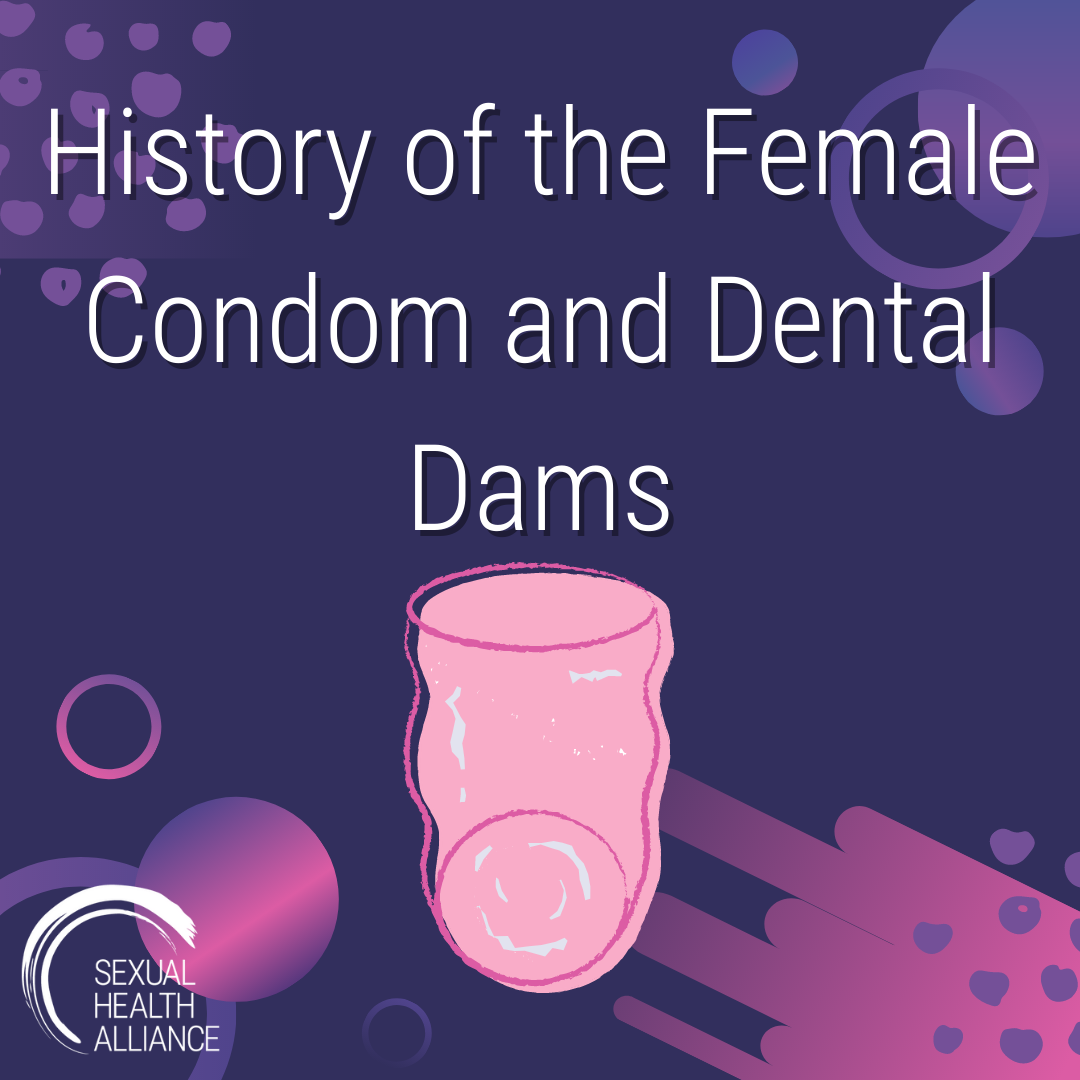In 2013 a paper titled Gender Difference in Brain Activation to Audio-Visual Sexual Stimulation; do women and men experience the same level of arousal in response to the same video? was released. In order to evaluate sexual arousal, the study uses conventional audio-visual stimulation, a universal material used to measure arousal. Within the study, they investigated which areas of the brain were activated whilst watching the same clips in order to measure what type of stimulation was most likely to cause brain activation. Aware that the conditions for a woman to become aroused are more complex, the team introduced two different audio-visual stimulation. One was deemed a ‘mood type’ meaning that the video clips were accompanied with a concrete story, the other was a ‘physical type’ whereby it directly exposed sexual intercourse and genitalia. These are the findings of the paper:
The paper opens by making the crucial distinction between arousal and desire, further explaining how the human sexual response, sexual desire, and response to sexual stimulation are completely different between men and women. Men are generally more likely to respond positively to visual sexual stimulation such as erotic videos, but for women, audio stimulation and emotionally relevant sexual stimulation are significantly more likely to result in arousal. The study further states that adolescent boys may experience a strong genital response to visual sexual stimuli, which is usually accompanied by feeling the need to masturbate. In contrast, adolescent girls’ sexual feelings often arise from emotional reactions to their partners. These may be referred to as “the gender differences of the sexual response and sexual function.” Because of these previous findings, the authors realized that “for optimal outcome, we should therefore consider the different preferences of the two genders when studying sexual function and dysfunction”. Merely showing a video that focused on intercourse and genitals would have worked positively for the men but would be less likely to result in stimulation in the brain for women.























